kowalczyk86
TPF Noob!
- Joined
- Aug 6, 2010
- Messages
- 13
- Reaction score
- 0
- Location
- Holloman AFB, NM
- Can others edit my Photos
- Photos OK to edit
This one looks better than the one above that I did.. I used a photo filter..
Before

After

Before

After






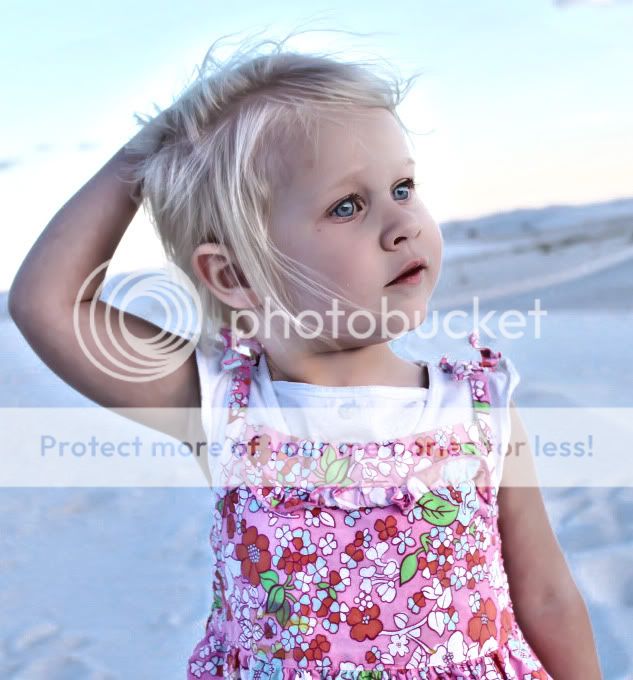
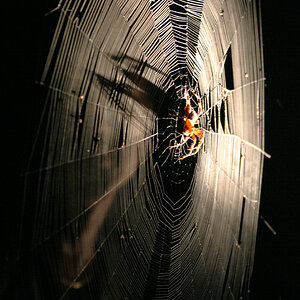
![[No title]](/data/xfmg/thumbnail/31/31706-3e429b21053f11072ed2e5b37c019073.jpg?1619734964)
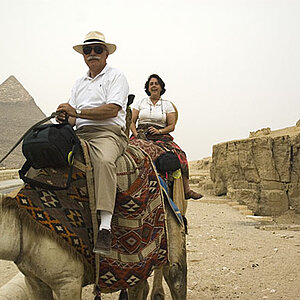

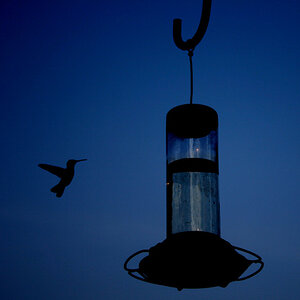


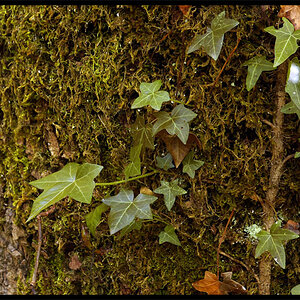

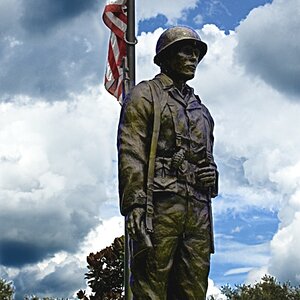
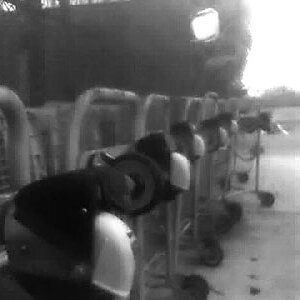
![[No title]](/data/xfmg/thumbnail/31/31708-69f4ec98ec000d4fc9a9a1cc282e8e16.jpg?1619734965)